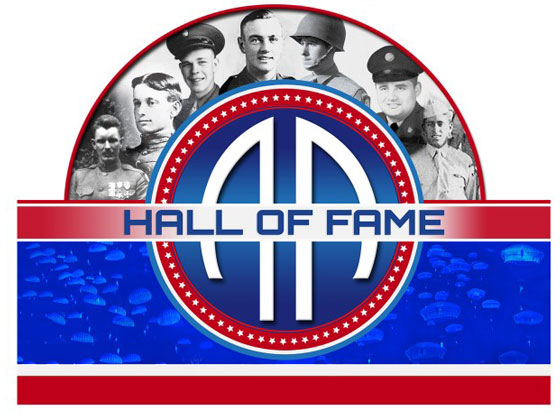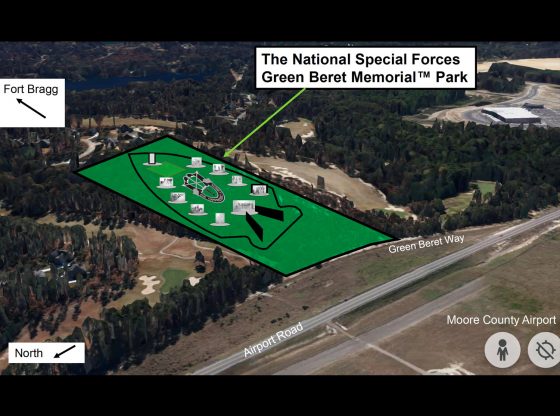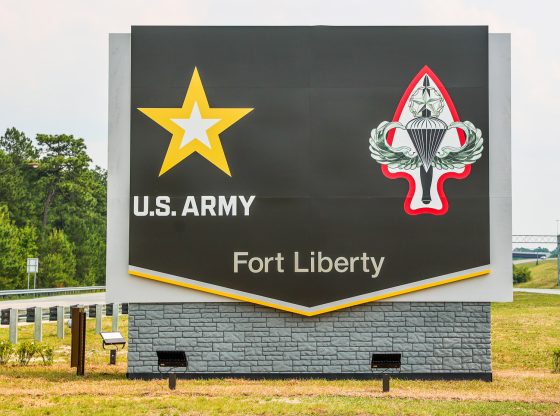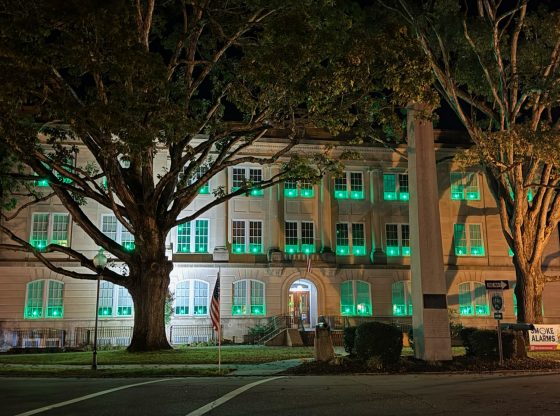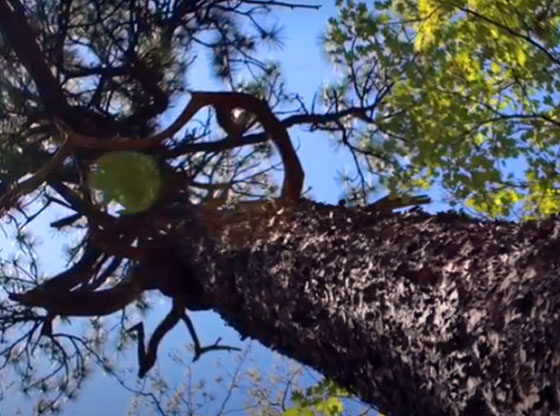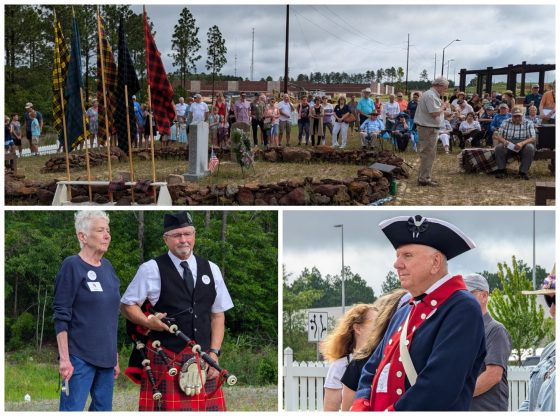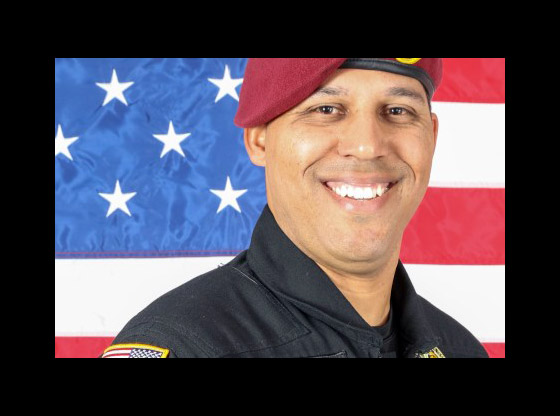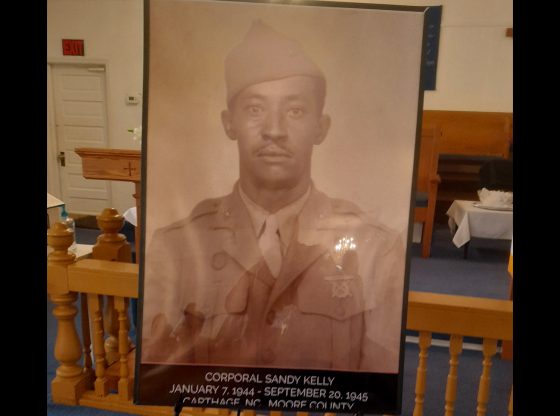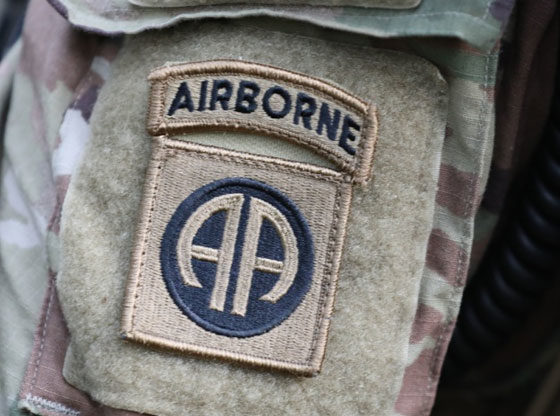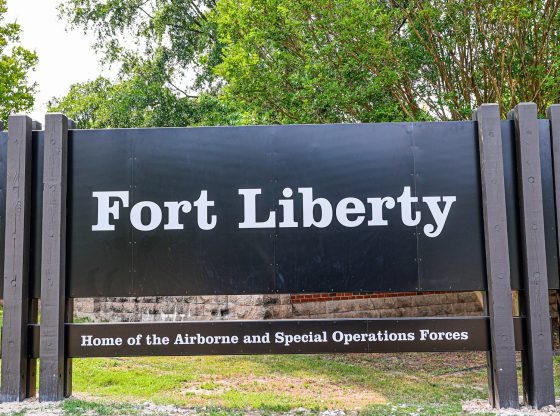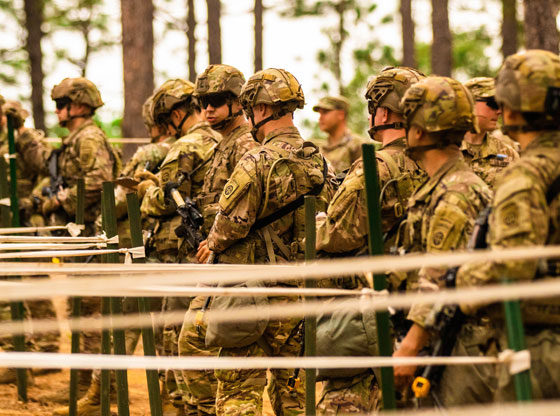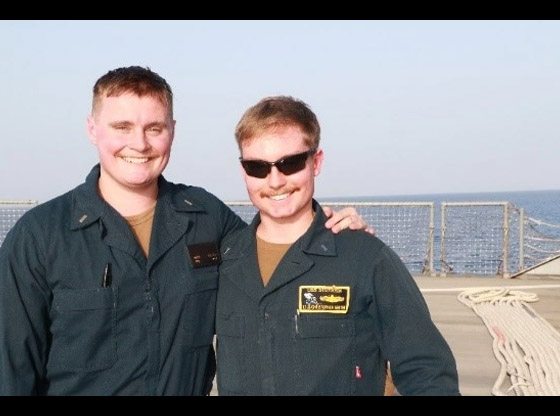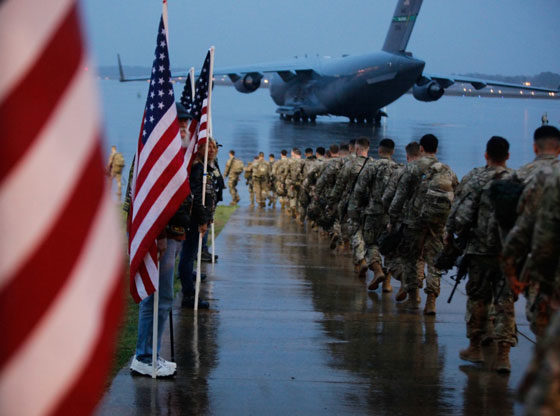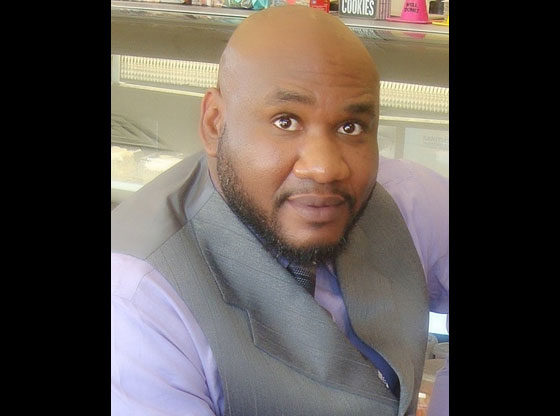The 82nd Airborne Division has announced the inductees for the 2022 All American Hall of Fame Class. The ceremony honoring the inductees will be held at 10 a.m. on Sept. 28 at Fort Bragg’s Hall of Heroes during All American Week.
Earlier this year, subordinate units within the Division submitted nominations for inclusion into the All American Hall of Fame. Those recommendations were presented before a board of senior leaders within the Division. The board selected nine legendary figures from the Division’s 105-year history for enshrinement this year.
Inductees’ selection was based on their service within the Division, their lifelong commitment to the Division’s values, valorous combat action or contributions to their chosen field outside of the Division. Nominees will have been awarded the Medal of Honor or served a minimum of two years within the Division. While nominees may still be serving in the Army, they must not be eligible for further service within the Division and must be five years removed from their last service in the Division.
The following list of legendary Paratroopers are to be inducted into the All American Hall of Fame:
Gen. Curtis Scaparrotti. Prior to his retirement in 2019, Scaparrotti served as Commander of European Command and Supreme Allied Commander, Europe for three years. General Scaparrotti is a native of Logan, Ohio and graduated from the United States Military Academy, West Point, in 1978 and was commissioned as a Second Lieutenant. A career infantry officer, Scaparrotti was previously assigned as the Commander, United Nations Command/Combined Forces Command/United States Forces Korea. He also served as the Director of the Joint Staff. Prior to his tour with the Joint Staff, Scaparrotti served as Commander, International Security Assistance Force Joint Command and Deputy Commander, U.S. Forces—Afghanistan, the Commanding General of I Corps and Joint Base Lewis-McChord, and the Commanding General of the 82nd Airborne Division.
In addition, Scaparrotti served in key leadership positions at the tactical, operational, and strategic level of the U.S. military to include Director of Operations, United States Central Command and as the 69th Commandant of Cadets at the United States Military Academy. He has commanded forces during Operations Iraqi Freedom, Enduring Freedom Afghanistan), Support Hope (Zaire/Rwanda), Joint Endeavor (Bosnia-Herzegovina), and Assured Response (Liberia).
His military education includes the Infantry Officer Basic and Advanced Courses, Command and General Staff College, and the United States Army War College. He holds a Master’s Degree in Administrative Education from the University of South Carolina. His awards and decorations include the Defense Distinguished Service Medal, Distinguished Service Medal, Defense Superior Service Medal, Legion of Merit, Bronze Star, and the Army Meritorious Service Medal. He earned the Combat Action Badge, Expert Infantryman Badge, Master Parachutist Base and Ranger Tab.
Lt. Gen. Raymond Mason served in the 82nd Airborne Division for more than six years from 1983 to 1998, holding leadership positions from the company through the division level. Mason commanded E Company, 407th Supply and Services Battalion, and went on to command 407th Support Battalion.
In addition to his command assignments, Mason served in key staff positions in support of the division’s dynamic logistics requirements. As a division logistical planner and executive officer, he generated options and extended operational reach for combat commanders. Most notably, he was the Division Support Command Operations Officer for Operation Urgent Fury in Grenada, responsible for supporting the no-notice deployment and sustaining combat operations for the division. Mason served as the Division’s Assistant Chief of Staff-G4, the FORSCOM G4, and the Army G4. Following his retirement from the Army, Mason continued service with relieving undue financial stress on soldiers.
Col. Benjamin H. Vandervoort served in the 505th PIR from 1940 to 1945 holding the positions of Company Commander, Regimental S3, and Battalion Commander of 2-505th PIR. Vandervoort served as the S3 of the 505th PIR during the invasion of Sicily and Salerno, Italy. Afterward, as a newly promoted lieutenant colonel, Vandervoort commanded 2-505th PIR throughout the Normandy Invasion. Vandervoort led his battalion in combat in Sainte-Mere-Eglise, Nijmegen, and in Bastogne during the Battle of the Bulge.
During the fighting in Holland, his battalion successfully assaulted the Waal Bridge at Nijmegan, where Gen. Matthew Ridgway described him as “one of the bravest and toughest battle commanders I ever knew.” His actions in Holland earned him Oak Leaf Clusters for his Distinguished Service Cross, and two Oak Leaf Clusters for his Purple Heart. Vandervoort sustained multiple injuries throughout his time as battalion commander which eventually caused him to medically retire from service at the rank of colonel. After retirement, he continued his service in any capacity he could, influencing U.S. foreign affairs through both the CIA and the U.S. Army Staff, epitomizing selfless service.
Cpt. John B. Sauls, Commander of G Company, 401st Glider Infantry Regiment, played an instrumental role in the Battle for the La Fiere Causeway. On June 9, 1944, Sauls led an attack on German defensive positions which were denying the progress of the Allied movement west from Normandy. Without cover or concealment, Sauls and his company charged towards the Germans, maneuvering down the 500m corridor directly into machinegun fire and artillery.
After moving down the causeway a good distance, Sauls looked back and realized he only had a squad-sized element with him and the rest of the company was pinned down, wounded, or killed behind him. Miraculously, Sauls himself made it across the corridor of fire and ran past the first line of German defense, shooting Germans with his Thompson Sub-machine gun. For his actions that day, Sauls earned the Silver Star.
Cpt. Gerald A. Wolford served in the 82nd Airborne Division for six years, spanning from 2000 to 2006. In 2003, while forward deployed to Iraq in support of Operation Iraqi Freedom, then Staff Sgt. Wolford served in D Company, 3-325 Infantry as a heavy machine gun section leader. Wolford demonstrated outstanding valor and personal courage during a river crossing in As-Samawah, Iraq. Wolford initiated the firefight by engaging the enemy in a non-standard tactical vehicle. As Wolford directed his section and engaged targets with his M4 rifle, they came under fire from a fortified position.
Unable to suppress with small arms, Wolford silenced the position using an AT-4 anti-tank weapon. As his unit approached the city, a rocket-propelled grenade (RPG) struck his vehicle, wounding two paratroopers. Wolford took control of the vehicle and moved the wounded paratroopers to the casualty collection point. As Wolford escorted a dismounted squad to a forward position, his vehicle was struck by a second RPG. Wolford continued directing section fires and engaging the enemy when a third RPG detonated near his truck. A fourth RPG passed directly over Wolford’s head.
For his actions, Wolford was awarded the Silver Star, selected as the 2003 USO Soldier of the Year, and became the face of Army recruiting, epitomized by the “Sergeant Jerry Wolford” action figure. Wolford commissioned into the Military Intelligence branch in 2006 and went on to be Psychological Operations Officer before retiring from the Army. Wolford continues to serve the nation and community as a school teacher in Sullivan, Maine since his retirement.
1st Lt. Waverly Wray served as a platoon leader and the executive officer of D Company, 2-505th PIR from 1940 to 1944. Wray took part in airborne operations into Normandy and Holland in support of Operation Overlord and Operation Market Garden, respectively. During the defense of Sainte Mere-Eglise, D Company was faced with a determined attack by two reinforced German battalions. When an enemy machine gun was inflicting a number of casualties, Wray crawled in front of his lines, destroyed the position with grenades and killed the surviving members of the crew with rifle fire. Wray’s one-man counterattack killed fifteen enemy soldiers.
After consolidation and orders from Lt. Col. Vandervoort to conduct an attack on the rest of the German battalion, Wray conducted a personal reconnaissance to determine the size of the enemy force and to formulate a plan of attack. During the reconnaissance, Wray stumbled upon a battalion headquarters of eight Germans. Wray killed all eight officers and set the conditions for the successful defense of Sainte-Mere-Eglise. Wray was later killed in action during operations in Holland.
Command Sgt. Maj. Wolf Amacker served in the 82nd Airborne Division for over ten years from 1996 to 2006. During this time, Amacker held every leadership position in the airborne field artillery from squad leader to Division Artillery Command Sergeant Major. In 2001, he was selected tp serve as the XVIII Airborne Corps NCO Academy Commandant. Shortly thereafter, he was selected as the twenty-first Division Command Sergeant Major for the 82nd Airborne Division. While serving as Division’s senior enlisted advisor, he deployed to Iraq in support of Operation Iraqi Freedom.
Amacker established the first Iraqi Training Center, training thousands of Iraqi nationals and brought security to the conflict in the “Sunni Traingle.” During his time in the Division, Amacker conducted 319 airborne operations, a number fitting of his regimental pride in the 319th Field Artillery Regiment. Upon retiring in 2006, Amacker served as the 82nd Airborne Division Inspector General, Chief of Investigations from 2006 to 2009. He became the Chief of Operations for Range Control at the Fort Bragg Garrison in 2009 and was later selected to serve as the Installation Range Officer in 2015, a position he currently holds. In this position, he has made a significant impact to ensure the division’s paratroopers are trained to dominate conflicts across the globe.
Command Sgt. Maj. Bryant Lambert entered the U.S. Army as an infantryman in 1983. After initial entry training, he then attended the U.S. Army Airborne School and upon completion was assigned to the 1st Brigade, 2-508 Infantry Regiment, 82nd Airborne Division.
In July 1989, Lambert became an instructor at the U.S. Army Ranger Training Brigade at Fort Benning, Ga., with duties assigned with the 7th Ranger Training Battalion at Dugway, Utah. In 1991, he attended the U.S. Army Drill Sergeant School at Fort Leonard Wood, Mo. Afterward, he was assigned to the 10th Brigade Combat Team, 3rd Battalion, D Company.
In 1993, Lambert was assigned to 1st Brigade, 82nd Airborne Division, and assumed responsibility of the 2-504 PIR. In 2000, he attended the U.S. Army Sergeants Major Academy at Fort Bliss, Texas and upon completion was reassigned to the 3rd Brigade, 1-505 PIR, 82nd Airborne Division, and later served as the 3rd Brigade Combat Team’s Regimental Command Sergeant Major.
In July 2010, he assumed duties as the 82nd Airborne Division Command Sergeant Major. He served as the senior enlisted advisor for Regional Command-South and Combined Joint Task Force-82 during Operation Enduring Freedom XII from Oct. 2011 to Sept. 2012.
Lambert served in every position from Rifleman to the Division Command Sergeant Major. He also served in numerous instructor positions training, Officers, Non-Commissioned Officers, and Soldiers. His deployments include Grenada, Saudi Arabia, Haiti, three tours in Afghanistan, and two tours in Iraq. Lambert spent 26 years of his career serving in the 82nd. He retired from the Army in 2018.
Cpl. John S. Gilbertie was born in Italy before moving to America and growing up in Westport Connecticut. He joined the Army and served in the 82nd from Oct. 1917 to May 1919. He served in World War I as an Infantryman and a squad leader in E Company, 327th Infantry Regiment.
During his service, he served in both the St. Mihiel and Meuse-Argonne Campaigns. He earned the Distinguished Service Cross, the Silver Star Medal, and the World War I Victory Medal with 3 Clasps as well as the Italian War Cross.
In Oct. 1918, the 327th Regiment carried out active patrolling every night. The patrols were chiefly under the leadership of Gilbertie. For his vigorous leadership of these patrols, Gilbertie was later awarded the Distinguished Service Cross. His citation reads, “For extraordinary heroism in action near Cornay, France, 7-26 October 1918. During the entire action from 7 October, Corporal Gilbertie carried messages from the front lines to Battalion and Regimental Headquarters. Although suffering from the effects of gas and sickness, on two occasions, he volunteered and led patrols in the enemy territory, obtaining and returning with information of the utmost importance and value.”
After the war, Gilbertie started a taxi service in Westport, Connecticut, and also served as an elected representative on the Westport Town Hall. He passed away in 1977 at the age of 81. His service and character set an example during his time with the 82nd and his continued service within the community afterward.
Courtesy photo/Contributed.


